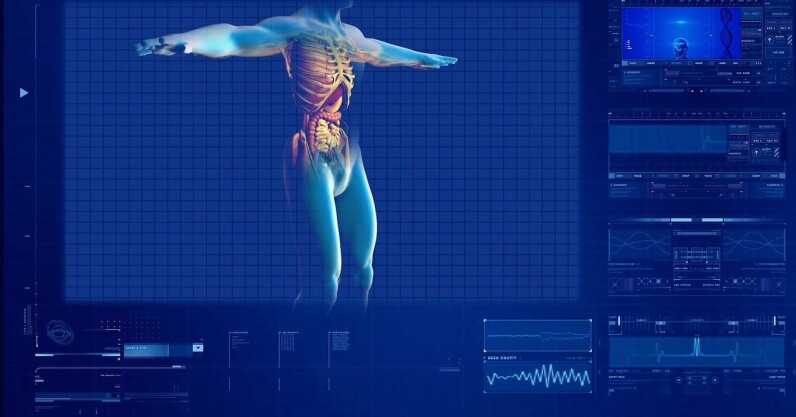You can already buy 3D-printed houses, cars, rocket engines, sneakers, and, of course, sex robots. But can I interest you in a 3D-printed kidney?
It’s an offer that Vital3D plans to make a reality. The Lithuanian startup is among a growing wave of companies that want to “bioprint” body parts.
Approaches to the task are varied. In the Vital3D system, lasers precisely deposit living cells and biomaterials in 3D patterns. The company says this creates functional, scalable, and reproducible tissue constructs.
Vital3D believes the tech can bridge the gap between organ demand and supply. It’s a gulf that’s widening each year — especially for kidneys. In the US alone, over 90,000 people are on the kidney transplant waiting list, while only 25,000 actually received one last year.
Bioprinting is a promising solution, but an immensely complex one. The process requires highly specialised equipment, sourcing materials, and medical expertise to replicate extremely intricate anatomy.
Kidneys are particularly complicated to recreate. Each kidney contains around 1 million nephrons, which provide the organ’s functionality. If the nephrons in both kidneys were arranged hypothetically end to end, they would stretch to a distance of around 16 km.
“To recreate such an elaborate structure, we’re often at a crossroads, having to choose between speed and accuracy,” said Vidmantas Šakalys, CEO of Vital 3D. “Even the most advanced bioprinters, as of now, may take up to a fortnight for an intricate print, which is hardly conducive for live cells.”
In search of a balance between pace and precision, Vital3D developed a patent-pending technology called FemtoBrush.
At the tool’s core is a spatial light modulator, which dynamically adjusts the shape of the laser beam. According to Vital3D, this adds “unprecedented versatility” to the process.
The system promises precision down to one-thousandth of a millimetre — as well as rapid speeds.
“Our aim with this innovation is transformative,” Šakalys said. “We aspire to print the kidney’s expansive vascular network, within just a 24-hour period.”
Šakalys acknowledges that the tech is still in its nascent stages. Intensive testing will be required to ensure that the organs are both safe and functional. There are also immense regulatory barriers to hurdle.
Nonetheless, the technology is steadily advancing. Bioprinted organs might not be on sale soon, but they’re making impressive progress in the lab.



